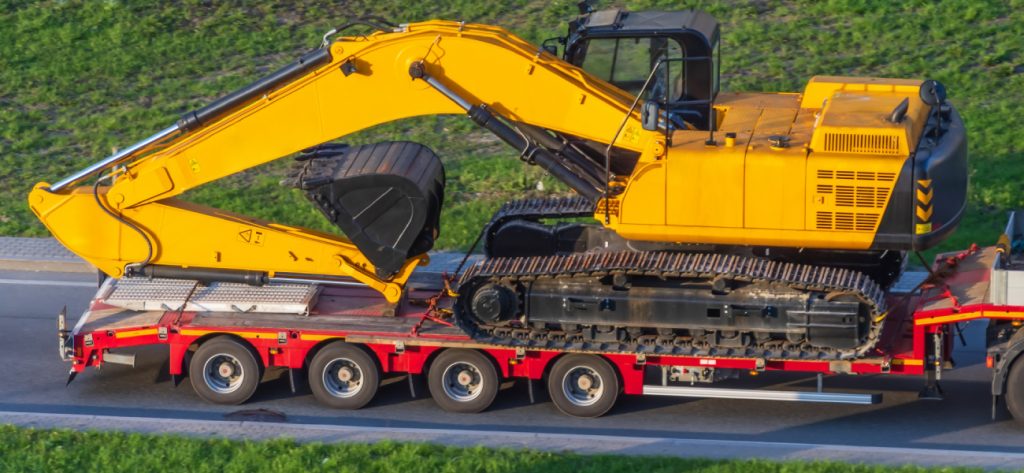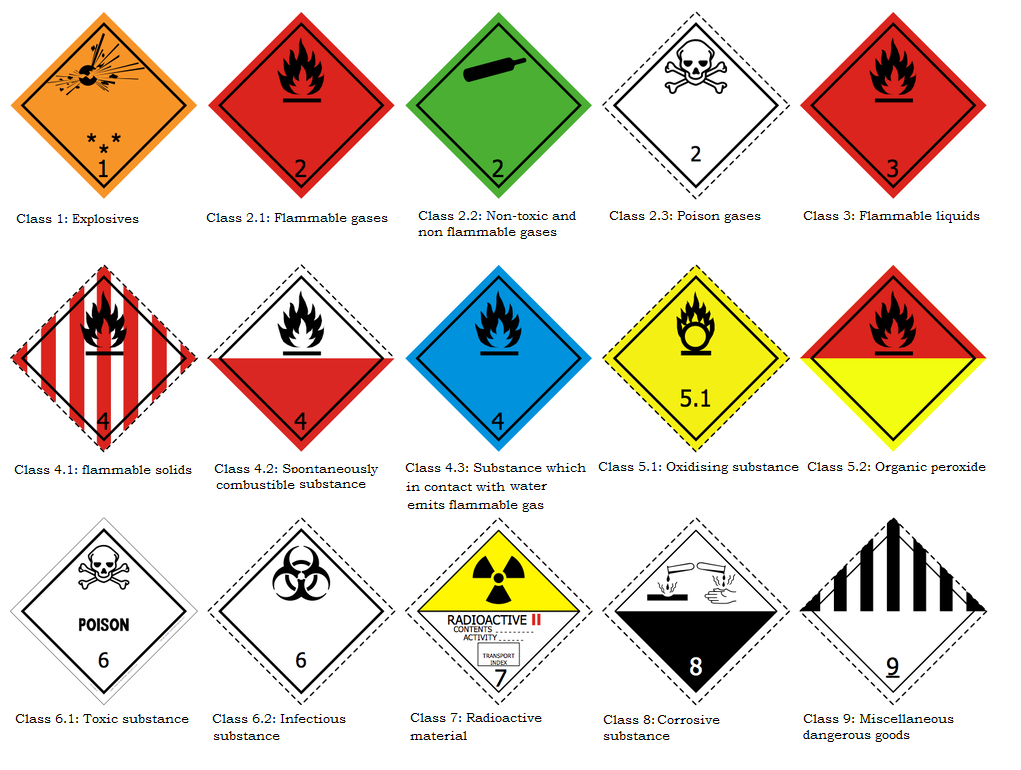General cargo
Under this category falls any cargo that is not subject to special regulations.
Refrigerated cargo
This type of cargo requires an environment with a fixed temperature range during the transport and has a high degree of perishability or risk of chemical composition degradation.
Because of this, any cargo with these characteristics has to be transported with a vehicles equiped with refrigerated systems.
Examples: foodstuff, pharmaceuticals, flowers, plants, etc.
Oversized cargo

An oversized cargo is any cargo that has a weight that exceeds the 24t limit of a standard truck and/or has minimum one dimension (lenght, width, height) exceeding the dimensions of a mega truck (13,60 m x 2,50 m x 3 m).
Examples: tractors, agricultural harvesters, bulldozers, excavators, containers, industrial equipment, etc.
Every oversized transport needs special authorizations and, in some cases, escorts.
The number and type of the authorizations needed depends on the specific of each transport.
Hazardous cargo (ADR)
In Europe, the road transportation of hazardous cargos is regulated by ADR – European Accord regarding the international road transportation of hazardous cargos, signed in Geneve, on September 30th 1957.
Hazardous cargos are substances that can cause damage to humans and the natural environment.
Classification of the hazardous cargos:
Class 1: Explosives
Class 2.1: Flammable gases
Class 2.2: Non-toxic and non flammable gases
Class 2.3: Poison gases
Class 3: Flammable liquids
Class 4.1: flammable solids
Class 4.2: Spontaneously combustible substance
Class 4.3: Substance which in contact with water emits flammable gas
Class 5.1: Oxidising substance
Class 5.2: Organic peroxide
Class 6.1: Toxic substance
Class 6.2: Infectious substance
Class 7: Radioactive material
Class 8: Corrosive substance
Class 9: Miscellaneous dangerous goods

The Shipper is responsible of classifying and labeling the cargo in accordance with the regulations in effect and issuing the Safety Data Sheet for every product shipped.
This type of cargo can be transported only with vehicles that are authorized for transportation of hazardous goods.
The drivers of those vehicles must be ADR accredited and trained to handle any incident that can occur during the transport. They are equiped with an ADR kit that contains: a fluorescent, reflective vest, goggles, gloves, an apron, boots, a gas mask, a protective filter, a protective helmet and a portable flashlight.
For extra safety, all ADR vechicles must be equiped with fire extinguishers and emergency warning triangles.
An key element of the ADR shipments is the pair of rectangular orange label plates mounted on the front and rear side of the vechile.